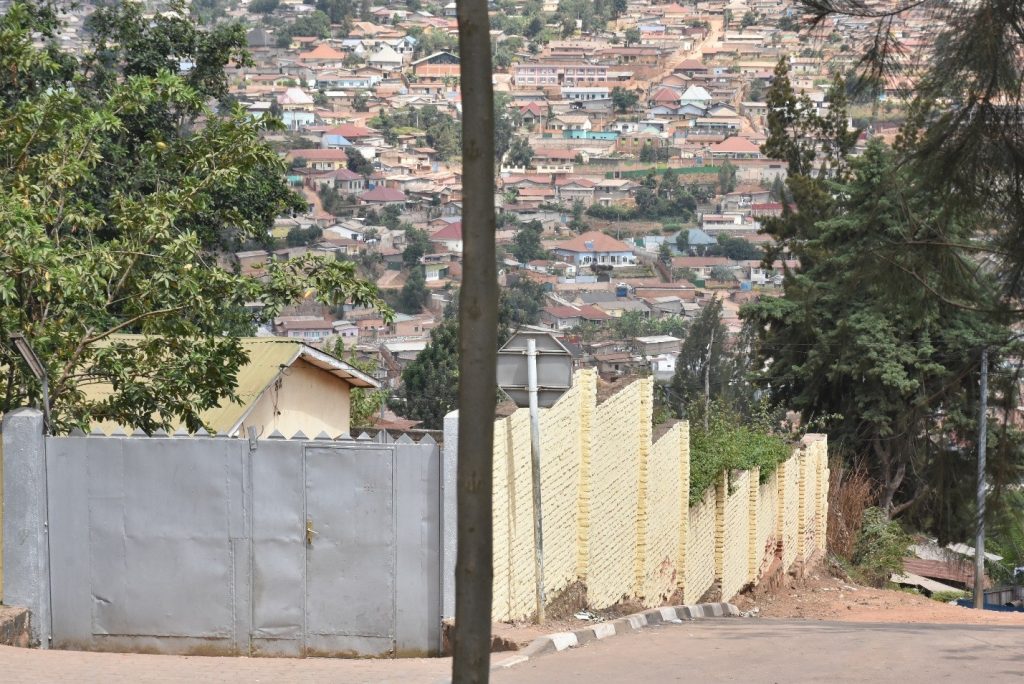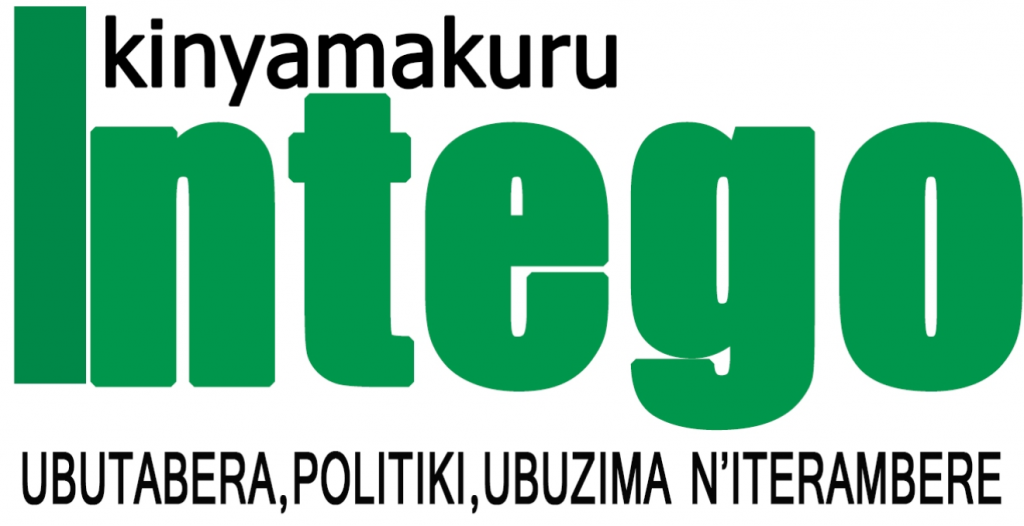
By Kayitare Jean Bosco
Rwanda as the rest of the world came to acknowledge the presence of the Covid-19 Pandemic in March 2019. Among the few countries in Africa, Rwanda put much efforts in fighting the pandemic using all available resources as per guidelines from the world Health Organization.
The guidelines included wearing of facemasks, hand washing, social distancing, National lockdowns and boarder closure.
Rwanda in its efforts to fight the pandemic did not end with above mentioned measures. Before the arrival of the Covid-19 vaccines, the country imported millions of testing kits for the pandemic. Some of the testing were conducted voluntarily and others randomly from public spaces.
As the pandemic gradually started to get under control, the massive testing continued. It was followed by the arrival of vaccines like the rest of the world. With the massive vaccination campaign Rwanda managed to control the Covid-19 pandemic, and finally ended all the lockdowns and gradually opened it’s boarders to the region.
Tests Continued
After opening of the boarders and ending of lockdowns, allowing of conferences and weddings for small groups to happen, the conditions were clear the testing before attending any of the events was mandatory to date. The testing option was the Rapid Covid-19 Test since it was the available and affordable for the majority public. One may wonder where do all the used Rapid Test Kits are stored or disposed.
These items are made of plastics which are harmful to the environment for very many years.
Edouard Nsengimana, the Infection Control and Prevention Manager from Nyamata ADEPR Hospital says; “Once we finish using the Rapid Test Kits we usually burn it using incinirators just like other waste from hospitals at least once a week depending on the quantity of the waste”.
Meanwhile Dr. Gashuma Gaston, the Deputy Director General, Nyamata Hospital says; “when we finish using the Rapid Test Kits it is recycled and produce different useful items”. It should be noted that Nyamata is located in Bugesera District boadering Burundi. During our investigation in the field we did not see any of the crushing or recycling plant for plastics from medical waste.
What RBC says
Dr Meneles from Rwanda Bio Medical Center in charge of Covid-19 prevention and treatment says; “ usually every district hospital has it’s own ways of disposing the plastic waste from rapid taste kits, I don’t have clear information on that” he said.
On the other hand the communication team from RBC did not respond to our telephone calls even when we sent SMSs no one responded.
Environmental impact of Rapid Test Kits
According to PUBMED CENTRAL (PMC) The majority of health facilities use incineration as a way to inactivate pathogens (such as the virus that causes COVID-19) in biohazardous residues Rwanda Included. Among these wastes are plastics, which when burned release persistent chemical pollutants, such as dioxin and polycyclic aromatic hydrocarbon (PAH). These chemical contaminants are highly harmful to humans and environmental health.
The testing kits have been found to be one of the largest pollutants in the oceans of the world.
What WHO says on the matter
Today, 30% of healthcare facilities (60% in the least developed countries) are not equipped to handle existing waste loads, let alone the additional COVID-19 load. This potentially exposes health workers to needle stick injuries, burns and pathogenic microorganisms, while also impacting communities living near poorly managed landfills and waste disposal sites through contaminated air from burning waste, poor water quality or disease carrying pests.
REMA Reacts
Germaine, the Public Relations Officer, Rwanda Environmental Management Authority says; “ you should consult the law since it’s your work as a journalist” she said as she switched off her phone.
Policy on Plastic waste disposal Management
Article no 45 of the Law on Environment section 2 states to import toxic waste and any other product harmful to human health and environment; and also on the same Law section 7 says; “to burn domestic waste, rubbish, tyres and plastic materials.” I quote.
Incinerators in Rwanda



Muhima Hospital incinerator is also located in a populated residential area, health officials say it could cause harm in long run.
In Rwanda there are incinerators at every district level hospital but, taking an example of Kigali as the Capital City, all the four functioning incinerators’ are located close to residential areas hence causing a risk to the population residing next to these hospitals. CHUK in Nyarugenge district is located next to a densely populated Gitega sector, Muhima Hospital is located to another densely populated area of Muhima, King Faisal Hospital also to a Neighborhood of Kacyiru, Kibagaba Hospital in one of the most populated high end area and Masaka Hospital of Kicukiro is just adjacent to a new neighborhood full of residential houses. One may wonder what would be the long term health effects to the populations residing next to these facilities.













